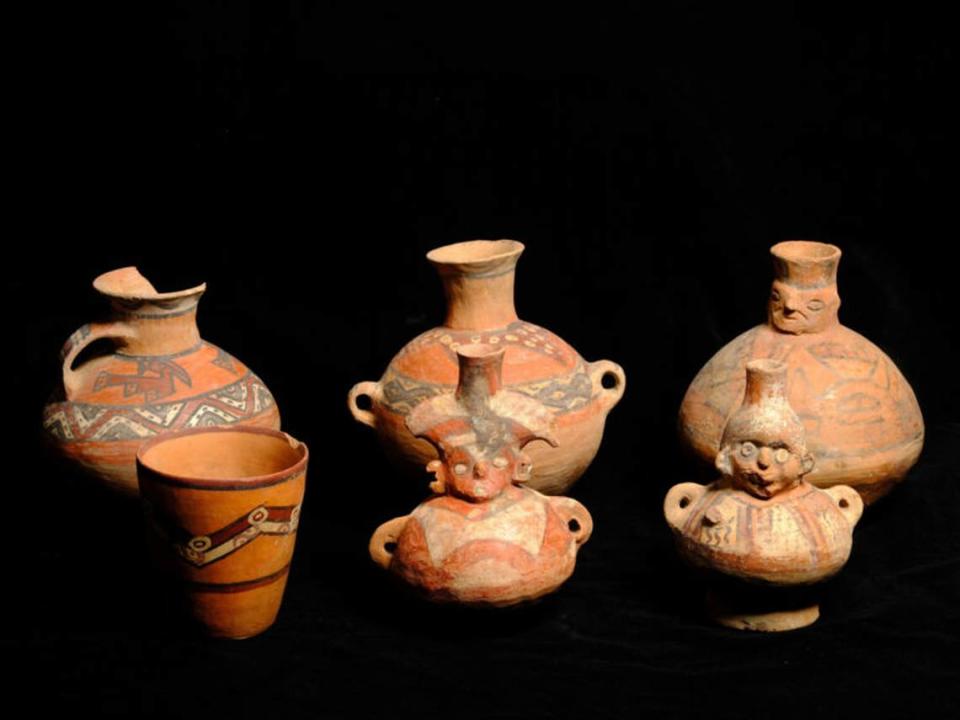Collapsed wall concealed ‘spectacular’ 900-year-old mummies in Peru — until now
More than 900 years ago, a sprawling burial complex teeming with intricately decorated and arranged burials was established in Peru.
Since then, the site has said to have been subjected to “systematic destruction” and grave robbers, hindering experts’ ability to explore and understand the unique site — until now.

A team of archaeologists from the Pontifical Catholic University of Peru recently excavated a portion of the cemeteries that was underneath the remains of a high wall and discovered “a well-preserved assemblage of individual and group burials,” according to a Nov. 27 post on Archeowieści blog. The wall dates to the Inca and colonial period but has since collapsed, inadvertently providing protection from grave robbers.

Seventy-three “funerary bundles,” known as fardos, dating to sometime between 800 and 1100 were found at the site, archaeologists said in the post. Some of the burials, both male and female, wore “masks made of carved wood” and some included ceramics.

Photos show the mummies, including carved masks on “false heads” and decorative fabric detail in the burial bundles, as well as the ceramics and earthenware that were unearthed from the graves.


Experts said the burials were found in “spectacular” preservation.

The mummies were unearthed at Pachacámac, a pilgrimage site south of Lima dedicated to the Peruvian deity of the same name, the team said in the post. The “famous” site is also home to the Painted Temple, an important Incan monument, which is near where the burials were found.
Archaeologists said the fardos can be attributed to the Wari Empire — likely the center of the “militaristic empire” ruling Peru during the late 10th century. The Wari, also known as the Huari, were known for their use of distinctive motifs in their artwork, architecture and metalwork, according to Britannica.

The findings contradict previous understanding of the site, which suggested the burial site was “an elite necropolis,” instead indicating that it was likely not viewed as “sacred” until it was incorporated into the Incan Empire after the Wari period, experts said.

The team also discovered two wooden staffs carved with depictions of deities, according to the blog. The staffs were found in “a votive deposit” covered in fragments of tropical shell from Ecuador. The staffs indicate that the Wari Empire had connections with other civilizations and settlements.
Nineteen of the burial bundles were transferred to a lab for further examination using CT scans, archaeologists said.
Huge burial chamber hid under Mexico town for centuries — until now. See its treasures
Metal detectorist scans hill in Poland — and unearths rare 11th-century treasure
Huge burial mound in Norway stumped archaeologists. Now they know what’s inside


